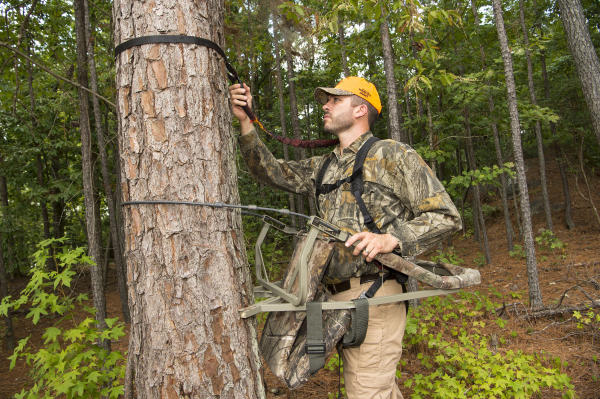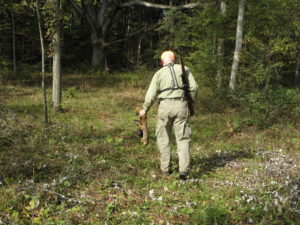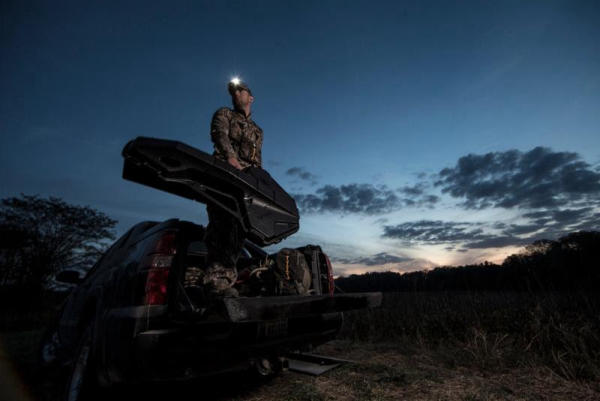National Park Service Finalizes Rule Change to Benefit Bow Hunters
Earlier this week, the National Park Service (NPS) issued a final rule that will now provide archery hunters with better access to public lands that surround the National Park System.
Prior to the rule change, hunters could only transport archery equipment through National Parks if their bow or crossbow remained in a motor vehicle or other form of mechanical transport. As a result, bowhunters have been limited in their ability to cross National Parks (where hunting is generally not allowed) on foot or horseback to gain access to adjacent lands where hunting is legal – such as those managed by the Bureau of Land Management (BLM) and U.S. Forest Service (USFS).
Concerns about traversing NPS lands have been particularly relevant since Congress passed the law to allow individuals to carry firearms in National Parks in 2009. While these expanded allowances gave firearm hunters the opportunity to cross NPS properties to access adjacent huntable lands, the same privileges were not afforded to bowhunters. Due to the misguided interpretation of the law, access to certain parcels of BLM, USFS and even private land was made available to one type of hunter but not another.
In a press release announcing the rule change, NPS also noted that, “Some roads maintained by the National Park Service bisect private property, making it necessary to enter park land in order to cross the street from one section of private land to another. When other means of approach are otherwise impractical or impossible, those transporting bows and crossbows across national park lands will now have equal access.”
While the rule change provides much needed relief for archery hunters, those crossing NPS lands should remember that possessing bows and crossbows on Park Service property is subject to applicable state laws and is not allowed if the individual is otherwise prohibited by law from possessing a bow or crossbow. In addition, bows and crossbows carried across National Parks may not be “ready for immediate use.”






